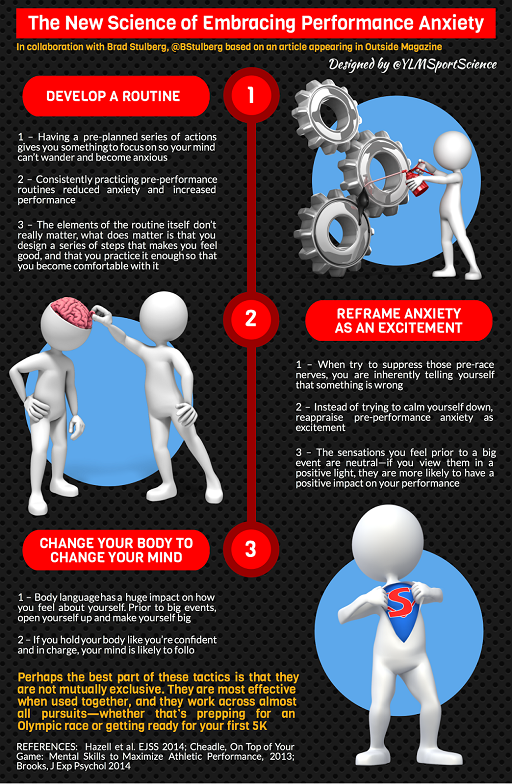6 Emphasising the familiar: pre-competition routines
There is something very safe and familiar about a routine (or even a ‘ritualistic pattern’) that you adopt when you prepare for work, to drive your car or to go out with others. Sportspeople emphasise these principles of familiarity and control, so that they can prepare to face the most intense situations with a consistent approach. It partly distracts them from feeling anxiety. A routine becomes a sort of safe haven. This is the unseen side of sport.
Muhammed Ali once said, ‘the fight is won or lost far away from witnesses – behind the lines, in the gym, and out there on the road, long before I dance under those lights’, and although it is unclear to what he was referring, these words are appropriate for pre-competition routines.
Activity 4 Behind the lines
Watch part of the video BBC Sport – London 2012 psychology [Tip: hold Ctrl and click a link to open it in a new tab. (Hide tip)] , in which Jonathan Edwards and Matthew Syed briefly summarise pre-performance routines. This is a deliberately short clip.
What three elements do they outline that people might draw on to help overcome self-doubt and/or nerves? How does this compare to your own preparation moments before a key high pressure moment in sport of work?
Discussion
In this clip, Jonathan Edwards emphasises the individualised nature of pre-performance routines and ultimately you have to find your own way. It is not stated but he implies that you often do this by trial and error. Then Matthew Syed goes on to suggest that routines often follow a ritual pattern in which prayer, superstitions and visualisation are sometimes used; he describes the process as being about helping to provide reassurance and control. You will find that Figure 2 gives more specific advice along with subsequent sections on ‘self-talk’ and Alex Danson’s experiences.
Figure 2 gives a useful summary of some of the latest thinking and research in this topic.
The routine athletes construct before they compete is therefore part of their armoury, but they can also use another powerful tool to help them as part of their routine: what they say to themselves.

